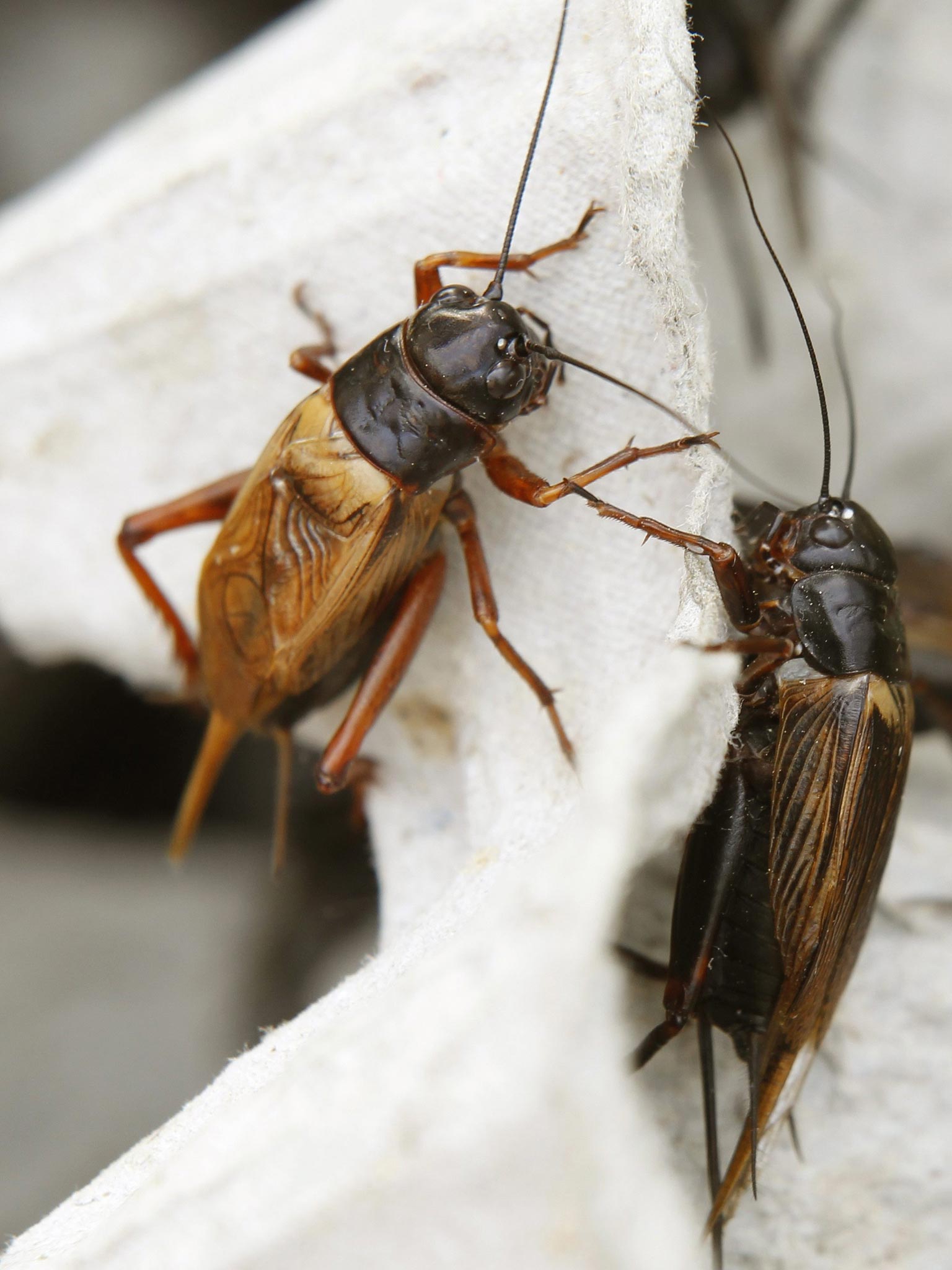Crickets named as cause of mysterious ‘Havana syndrome’
The report has ruled out microwave attacks as a plausible cause for the ‘Havana syndrome’

The “most likely source” of the mysterious “Havana syndrome” are crickets, according to a declassified US State Department report.
The JASON Group, an independent organisation of scientists that has advised the US government since the Cold War, had carried out a study in 2018 that pointed to crickets as the source of the mysterious syndrome.
The report, based on the study, has now been declassified and was obtained by BuzzFeed News on Thursday.
It ruled out radio or microwave weapons as being responsible for buzzing sounds, one of the symptoms of the syndrome, and said the “most likely source” of the sounds was the Indies short-tailed cricket.
“No plausible single source of energy (neither radio/microwaves nor sonic) can produce both the recorded audio/video signals and the reported medical effects. We believe the recorded sounds are mechanical or biological in origin, rather than electronic,” the report said.
It further mentioned that “the call of this animal [the Indies short-tailed cricket] matches, in nuanced detail, the spectral properties of the recordings from Cuba once room echoes are taken into account.”
“The recorded audio signal is, with high confidence, not produced by the nonlinear detection of high power radio frequency or ultrasound pulses,” the report said, rubbishing popular theories of a “microwave attack.”
It was also believed that a powerful rival, such as Russia, has been mounting attacks on the US with the help of neurological devices.
A medical report by a National Academies of Sciences panel in 2020 found microwaves to be the “most plausible” cause of the symptoms.
Scientists in the JASON report, however, have left open the possibility of some other attack. “It cannot be ruled out that while the perceived sounds, while not harmful, are introduced by an adversary as deception so as to mask an entirely unrelated mode of causing illness,” the report said.
“We are grateful to the JASON Group for their insight, which while coming to no firm conclusions, has assisted us in our ongoing investigation of these incidents,” a State Department spokesperson told BuzzFeed.
The impact of the syndrome has been significant and has been felt around the globe.
Over 200 US officials and family members have been plagued by a wide-ranging set of ailments, which include migraines, nausea, memory lapses and dizziness. Officials reported hearing constant buzzing noises, followed by experiences of neurological injuries and other symptoms.
In August, vice president Kamala Harris was forced to delay her arrival to Hanoi city in Vietnam for three hours after the US embassy there said someone had reported a health incident consistent with the syndrome.
In a more recent incident, a CIA officer traveling with agency director William Burns to India in September reported similar symptoms.
Earlier this week, the US House of Representatives unanimously passed the “Havana Act” bill to compensate the CIA and other officials affected by the syndrome.
Join our commenting forum
Join thought-provoking conversations, follow other Independent readers and see their replies
Comments
Bookmark popover
Removed from bookmarks